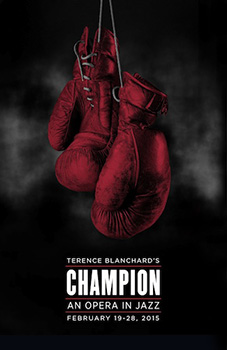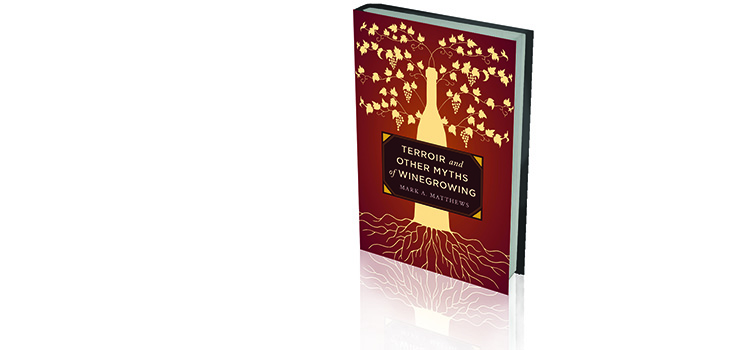Opera buffs and jazz aficionados alike will be drawn to a "hybrid" event next month that should also attract a fair share of prize fighting fans.

By Paul Duclos
Published: January, 2016
Opera buffs and jazz aficionados alike will be drawn to a “hybrid” event next month that should also attract a fair share of prize fighting fans. Don’t expect to see or hear much about the glory of the sweet science, however, as this drama is one that concentrates on the darker side of the ring.
Terence Blanchard’s Champion: An Opera in Jazz, in two acts and 10 scenes, was co-commissioned by the Opera Theatre of Saint Louis and Jazz Saint Louis, and was first performed at Webster University in June 2013. A groundbreaking work combining the disciplines of opera and jazz, Champion tells the real-life story of world champion boxer Emile Griffith, a man haunted by memories of his past who struggled to reconcile his sexuality in a hyper-macho world.
Co-produced by Opera Parallèle and SFJAZZ, Champion’s visually stunning production will feature full staging and video elements with soloists, a jazz trio, orchestra and gospel chorus, bringing out the full glory of Blanchard’s soulful score as it illuminates Griffith’s triumphs and struggles, which are still broadly and powerfully relevant today.
Tormented by the death of opponent Benny Paret following their 1962 bout for the welterweight title, Griffith spent his life questioning himself and a society that would accept his accidental killing of a fellow athlete, but not his bisexuality. The opera features a libretto by Pulitzer Prize-winning playwright Michael Cristofer and premiered to widespread critical acclaim at Opera Theatre of Saint Louis in June 2013, even becoming one of five finalists for the International Opera Award in 2014.
Performances at SFJAZZ Center’s Miner Auditorium will be on February 19, 20, 21, 23, 24, 26, 27 at 7:30pm and on February 28 at 4pm.
For more information, visit operaparallele.org/champion/ or www.sfjazz.org/events/2015-16/0224/champion.
Horse racing offers a unique, interactive experience like no other sport. The highlight of this season will be the California Derby, featuring three-year-olds running on one and one-sixteenth mile on the all-weather Tapeta track. Golden Gate Fields hosts this prestigious stakes race on Saturday, January 16. Serious betters kindly note that $100,000 is guaranteed.
To readers unfamiliar with Golden Gate Fields, let us mention that it is Northern California’s premier horse racing destination in the Bay Area.
Located along the San Francisco Bay in Berkeley, fans are treated to some of the best sights and sounds in the world. With the elegant Turf Club, a roomy club house, simulcast rooms and plenty of general admission seating, Golden Gate Fields has offered exciting thoroughbred horse racing in the Bay Area since 1941.
For more information, visit www.goldengatefields.com/events/calendar.
Wine is a traditional product with traditional explanations. Oft-romanticized, Old World notions of how to create fine wine have been passed down through generations and continue to dominate popular discussions of wine quality. However, many of these beliefs predate science and remain isolated from advances in the understanding of how crops grow and fruit ripens. Allegiance to them has frequently impeded open-minded investigation into how grapevines interact with the environment, thus limiting innovation in winegrowing.
In his new book Terroir and Other Myths of Winegrowing, Mark A. Matthews, a professor of viticulture at the Robert Mondavi Institute for Food and Wine Science at the University of California, Davis, applies a scientist’s skepticism and scrutiny to examine widely held beliefs about viticulture. Is terroir primarily a marketing ploy that obscures our understanding of which environments really produce the best wine? Can high-yielding vines generate wines of high quality? What does it mean to have vines that are balanced or grapes that are physiologically mature? Do biodynamic practices violate biological principles? Matthews explores and dissects these and other questions to debunk the myths of winegrowing that may be holding us back from achieving a higher wine quality.
For more information, visit www.ucpress.edu.


